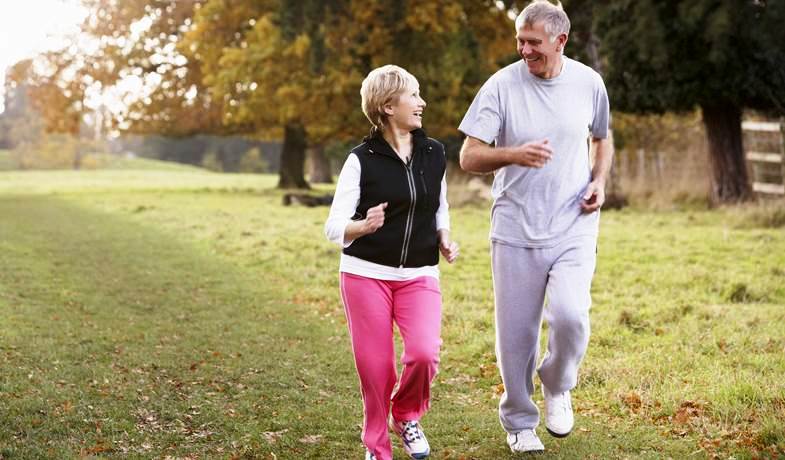This makes it all the more important to draw attention to this risk and explain how you can protect yourself from it. Athletes in particular produce a particularly large number of free radicals and are a risk group that should arm themselves against the attack of cell-damaging substances by providing them with an adequate supply of “radical scavengers”.
At first glance, it is surprising that athletes of all people should be exposed to an increased health risk. Sport actually keeps you young and healthy. Only a closer look at human metabolism explains why particularly high amounts of dangerous free radicals are produced during exercise. In the body’s cells, the basic building blocks of our food (e.g. fat, protein, sugar) are converted into energy with the help of inhaled oxygen, creating metabolic waste products. 5% of the inhaled oxygen is not “metabolized” directly into carbon dioxide and hydrogen as part of energy production, but is released in the form of aggressive molecules, the free radicals. Normally the body can render these oxygen radicals harmless itself, provided the immune system is intact and the amount of free radicals is limited. The body’s own detoxification system is overwhelmed, especially during high exertion and above-average oxygen consumption. Therefore, an athlete who takes in a lot of oxygen and therefore produces more oxygen radicals is also exposed to a higher level of stress.
In this case, it is important to strengthen the body’s detoxification system through a supplementary supply of radical scavengers, the so-called antioxidants. An important antioxidant is the vitamin-like coenzyme Q10. This endogenous substance plays a central role in converting food into energy and is located exactly where free radicals are created. Coenzyme Q10 is considered one of the most important discoveries in nutritional science and has been used for many years, especially in the USA and Japan, due to its diverse positive effects. Many athletes regularly take Q10 to protect themselves from free radicals and at the same time to increase their energy levels.
Younger people can be assumed to have an adequate supply and their own production of Coenzyme Q10. There is an increased need for high physical strain, stress and an unbalanced diet as well as from the age of 40. With increasing age, the body’s own production of Q10 decreases and the Q10 concentration in the organs continually decreases. Then a supplement with Q10 can compensate for existing deficits in the long term.
Further topics on health and medicine
